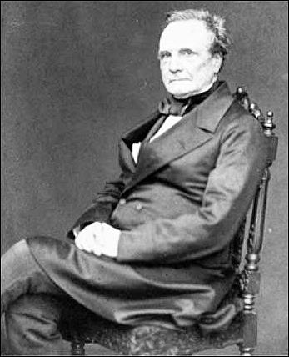


Professor Winston's participation was announced in a press release provided by his publicist.
For months, people in Stata have been acting strangely. Averted eyes. Rumors of secret research. Noises from below the subsubsub basement. No one talks, and I was not able to get the cat out the bag before I resorted to the traditional lubricant (wmv, avi).
Then, I learned that latkes have been on the mind of computer scientists since the beginning. Babbage, who attempted a mechanical computer, loved latkes. So did his patron, Lady Lovelace, also known as Ada. She was the first programmer, and in her honor, the Ada programming language emerged. Strangely, all the photographs from this era have been doctored.
 |  | 
|
| Babbage | Lovelace | The difference engine |
Through a miracle of modern technology, however, we have managed just today to restore them to their original form:
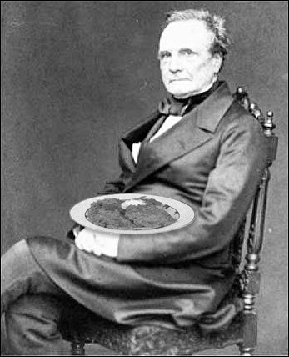 |  | 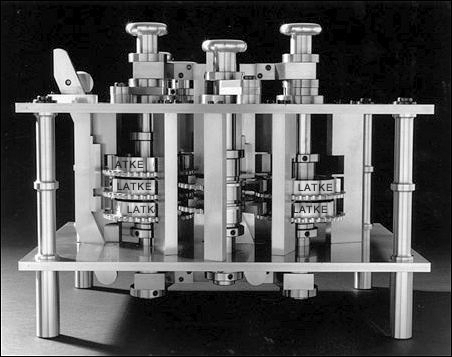
|
| Babbage | Lovelace | The difference engine |
Amazingly, the doctoring of important photographs continues to this day:
 |  | 
|
 | 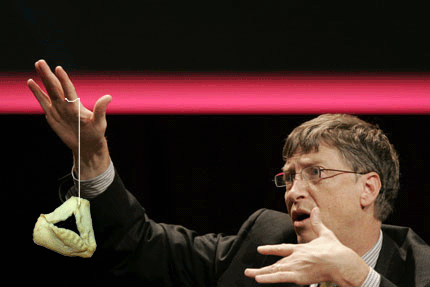 | 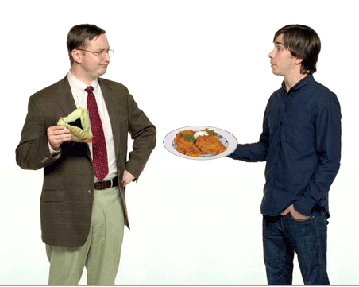
|
Lady Lovelace speculated on whether computers could be intelligent, but the first scholarly discussion of the issue appeared in a paper by Alan Turing, who proposed that a computer would have to be considered intelligent if, in a sort of five-minute instant messaging exchange, you would not be able to be sure if you were interacting with a person or a program. Although not widely known, there was a secret appendix. Because it is a bit hard to read, we have used modern image enhancement technology to reveal highlights from the first page. First, limits to intelligence expected. Then, limits to the domain of discussion.

|
| Alan Turing |
So, those informed of the secret appendix always refer to the Latke-Hamantash Test, rather than the Turing Test. It was easily passed by programs written in the 1960s (wmv, avi).
More will be said in the rebuttal, but to close my opening speech, I want to caution you that there are health risks associated with prolonged hamantaschen exposure. In collaborative research with Brain and Cognitive Science, we have been able to simulate the effects of hamantaschen eating on simple mental functions such as finding a path (wmv, avi) through a maze of city streets, as here in Cambridge.
It appears that the matter won't be resolved by human thinkers, and some say we will never have real machine intelligence because programs cannot have imagination nor can they feel emotion. Nothing could be further from the truth, as demonstrated by the following:
The emotion research progress report was prepared by Matt Berlin, Guy Hoffman, and Jesse Gray, members of Cynthia Breazeal's Personal Robotics Group in the MIT Media Laboratory.